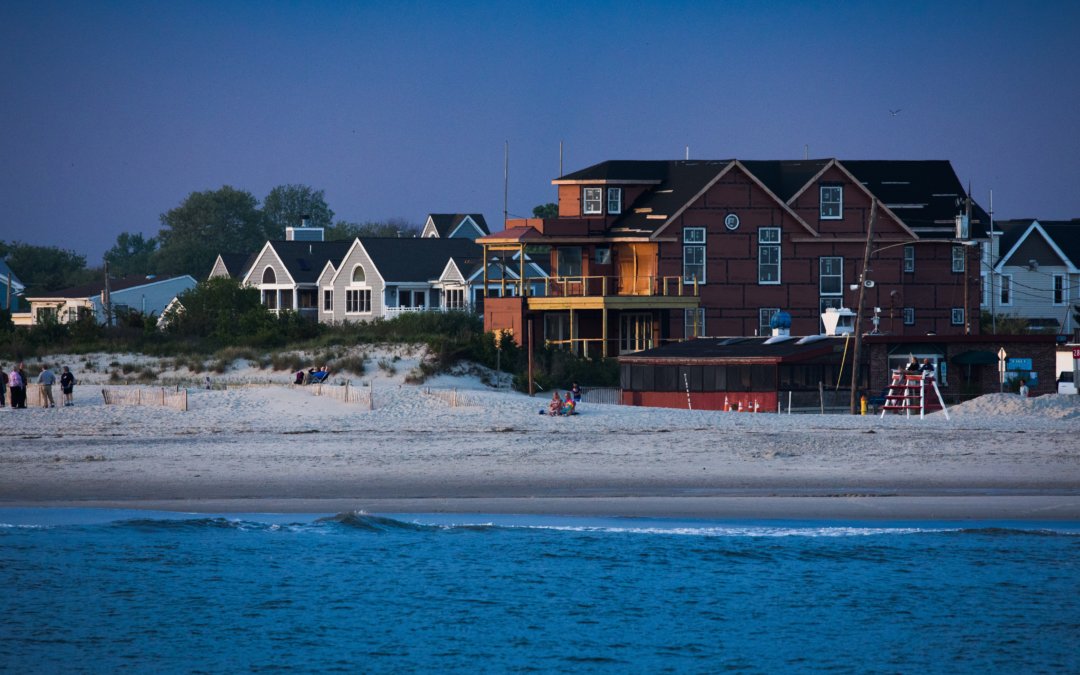As we witness rising sea levels due to climate change, this poses an imminent threat to coastal areas. Those who have purchased coastal real estates, such as property investors and property owners, should be cautious and look into ways to help protect their investments.
Consider the statistics. According to key findings in the federal 2017 Climate Science Special Report, between 1986 and 2016, average temperatures in the U.S. mainland have increased annually by 1.2 percent, and heat waves have become a more frequent occurrence. Further, projections show high confidence in continued significant temperature increases. Why is this important? Warmer air and sea temperatures create the perfect storm for severe hurricane conditions, as evidenced in recent years by Hurricanes Katrina, Harvey, Sandy, Maria, and Laura, among others.
In the article titled, Underwater, a 2018 study released by the Union of Concerned Scientists, researchers found that within the next thirty years, 64,000 homes in Florida and 62,000 in New Jersey alone will be at risk of repeated flooding events. By the year 2100, some 2.4 million residential and 107,000 commercial properties worth $1.07 trillion in today’s dollars will face the same.
Property Tax Impacts
The negative impact on homes, commercial properties, infrastructure, and community services resulting from persistent flooding can be devastating. Left unaddressed, it can result in higher taxes and smaller, strained tax bases. In the most severe cases, entire communities can be left blighted and destroyed. Despite the sobering news, coastal properties continue to attract investment and development. The good news is that more cities are taking proactive approaches by restricting growth in flood plain areas, stabilizing coastlines, shoring up infrastructure, and tightening up building codes to mitigate losses.
Market Impacts
Regular and increasing flood events have taken their toll on property values in some coastal communities, particularly properties that have experienced previous water damage. Low-ball offers are becoming more commonplace as buyers need to weigh higher costs for property taxes, structural repairs, maintenance, and mold against their return on investment. Homes and commercial properties built on higher ground, however, tend to fare better. Fees for seasonal or short-term rentals are also on the rise as property owners must anticipate costs associated with wind and water damage. And while insurance rates have not yet gone through the roof, property owners must increasingly factor in hurricane damages and whether they may one day need to replace theirs.

